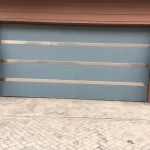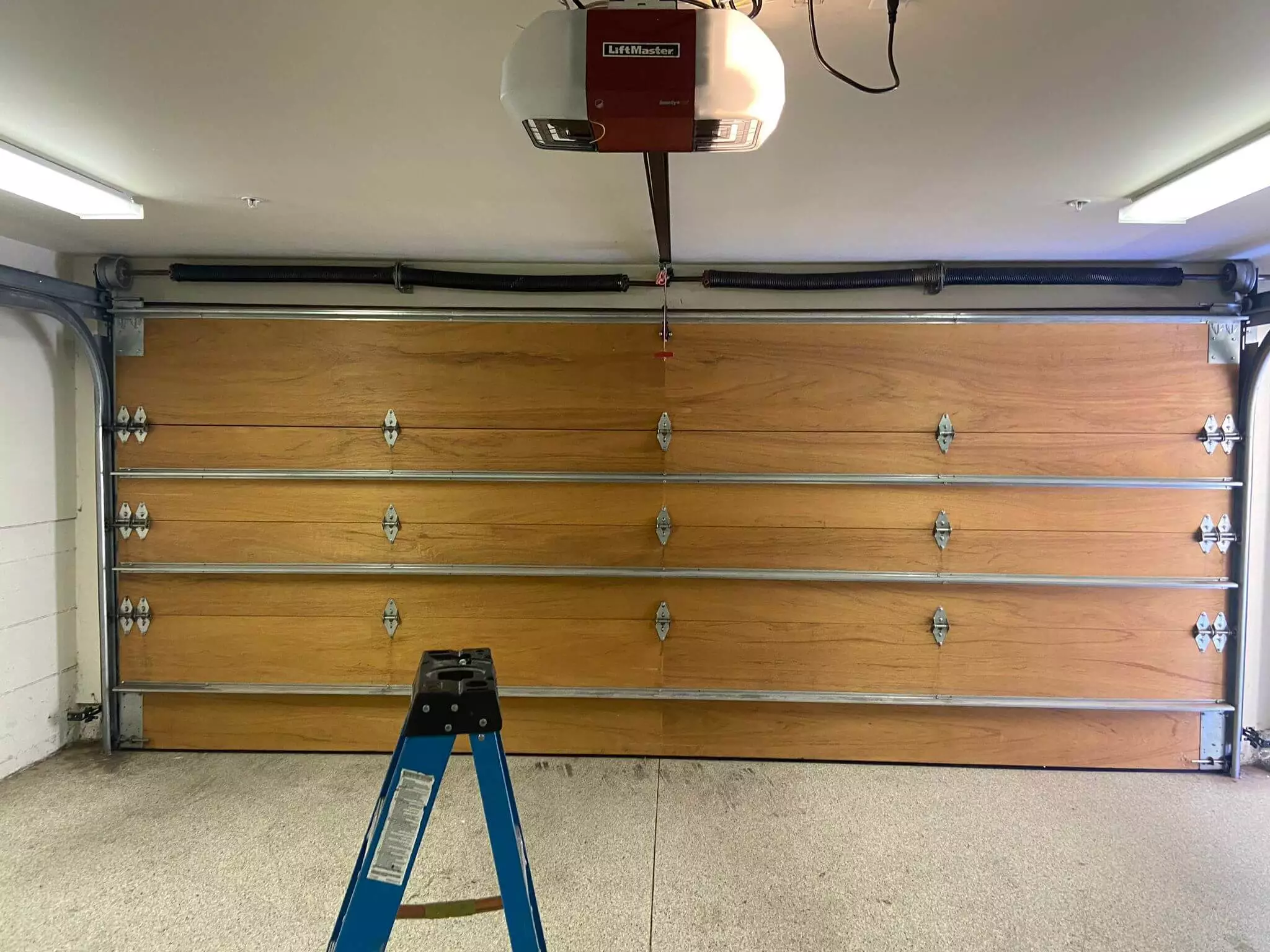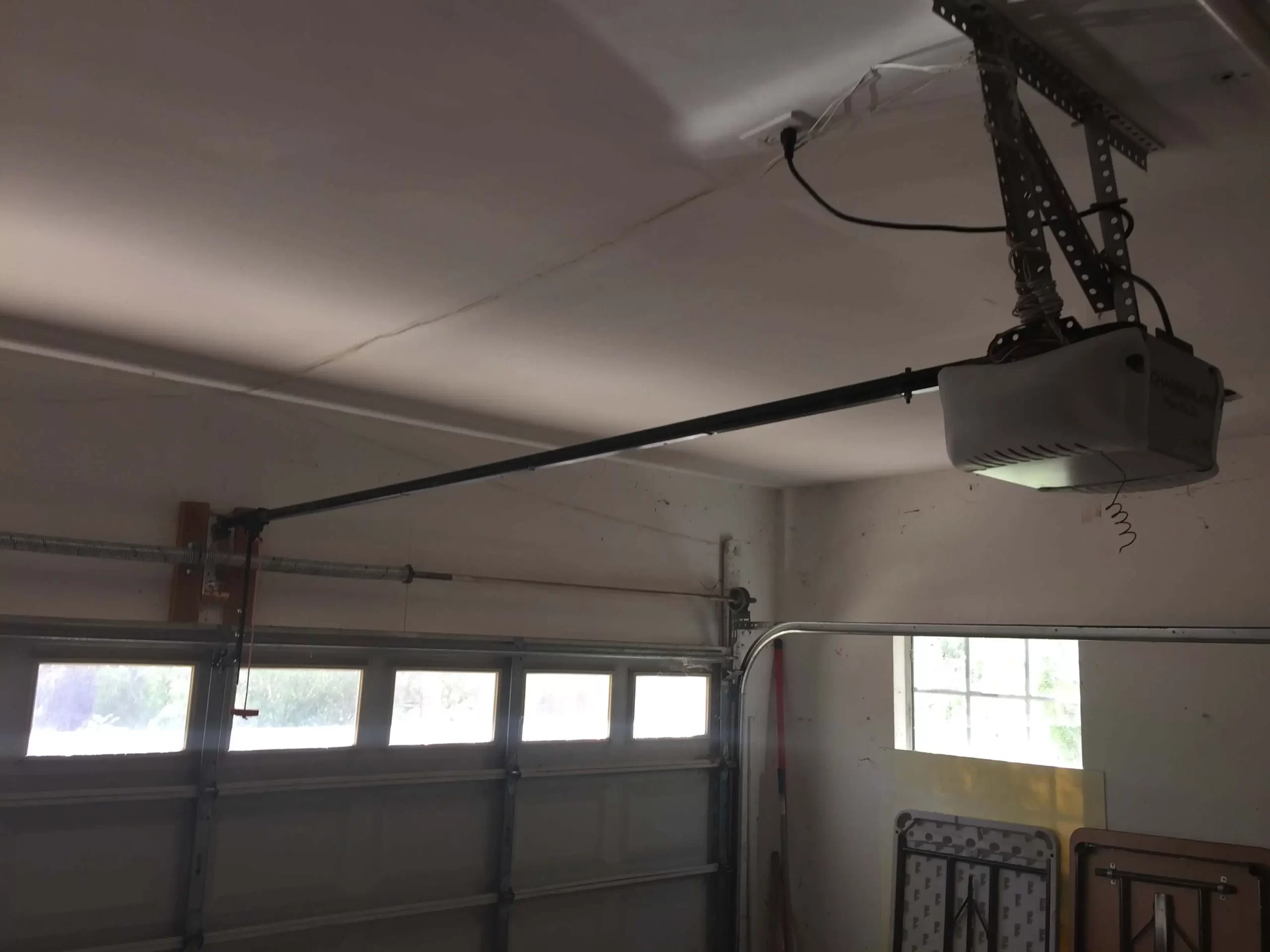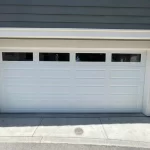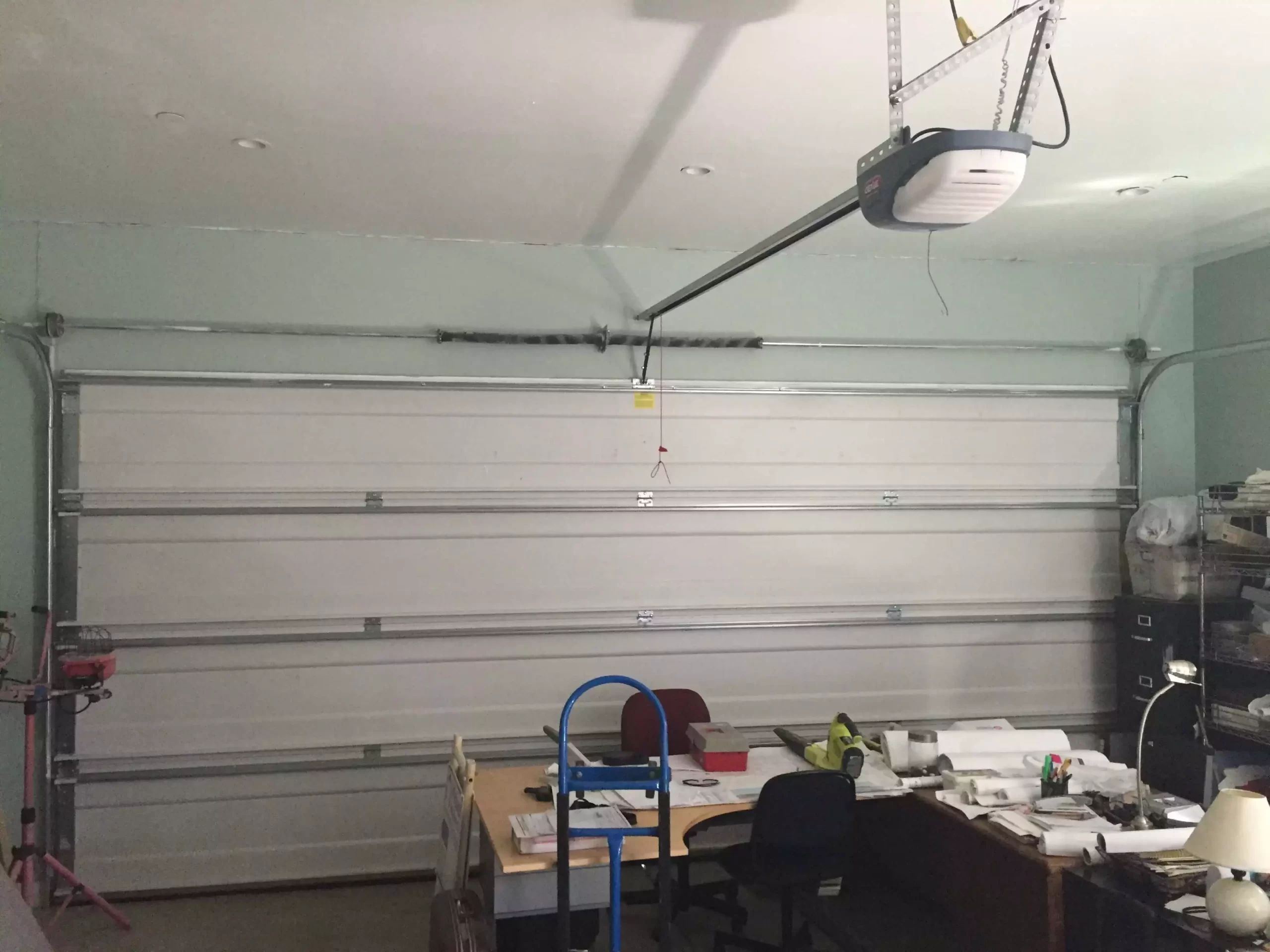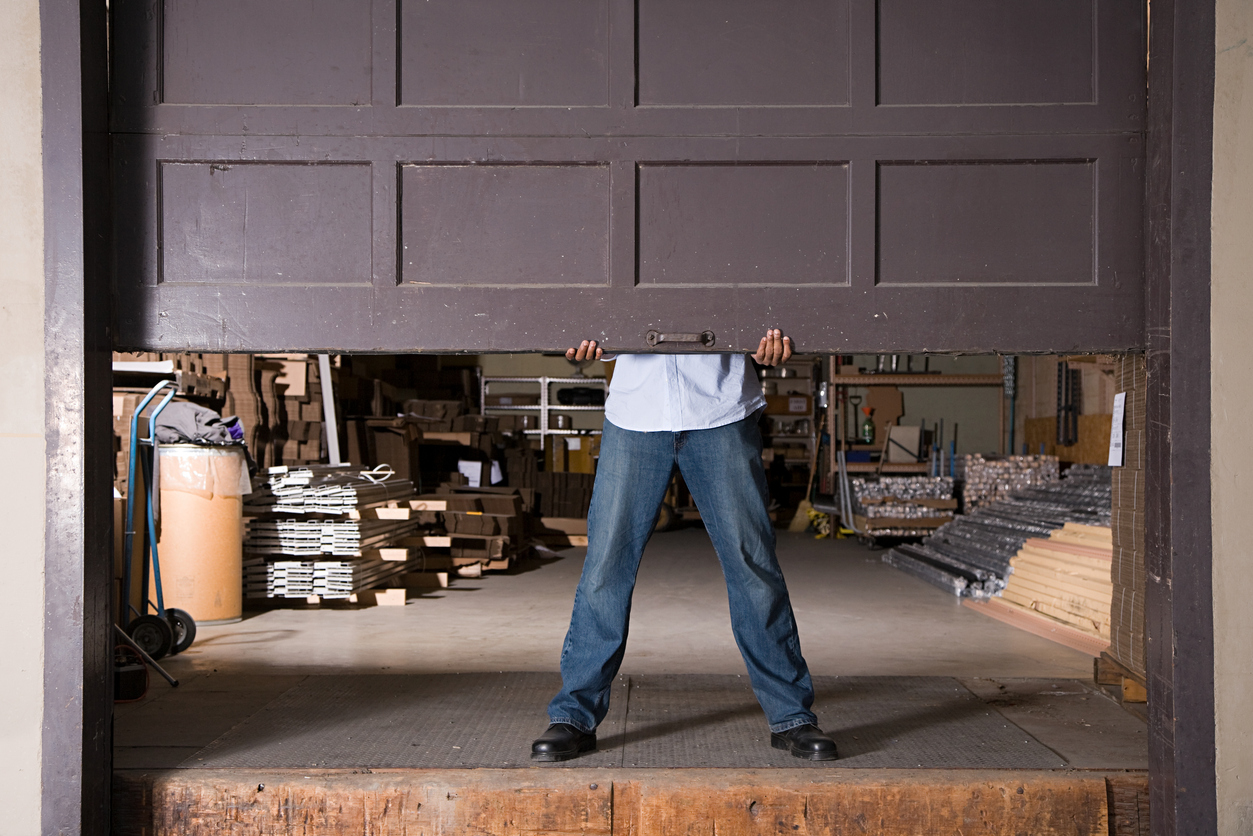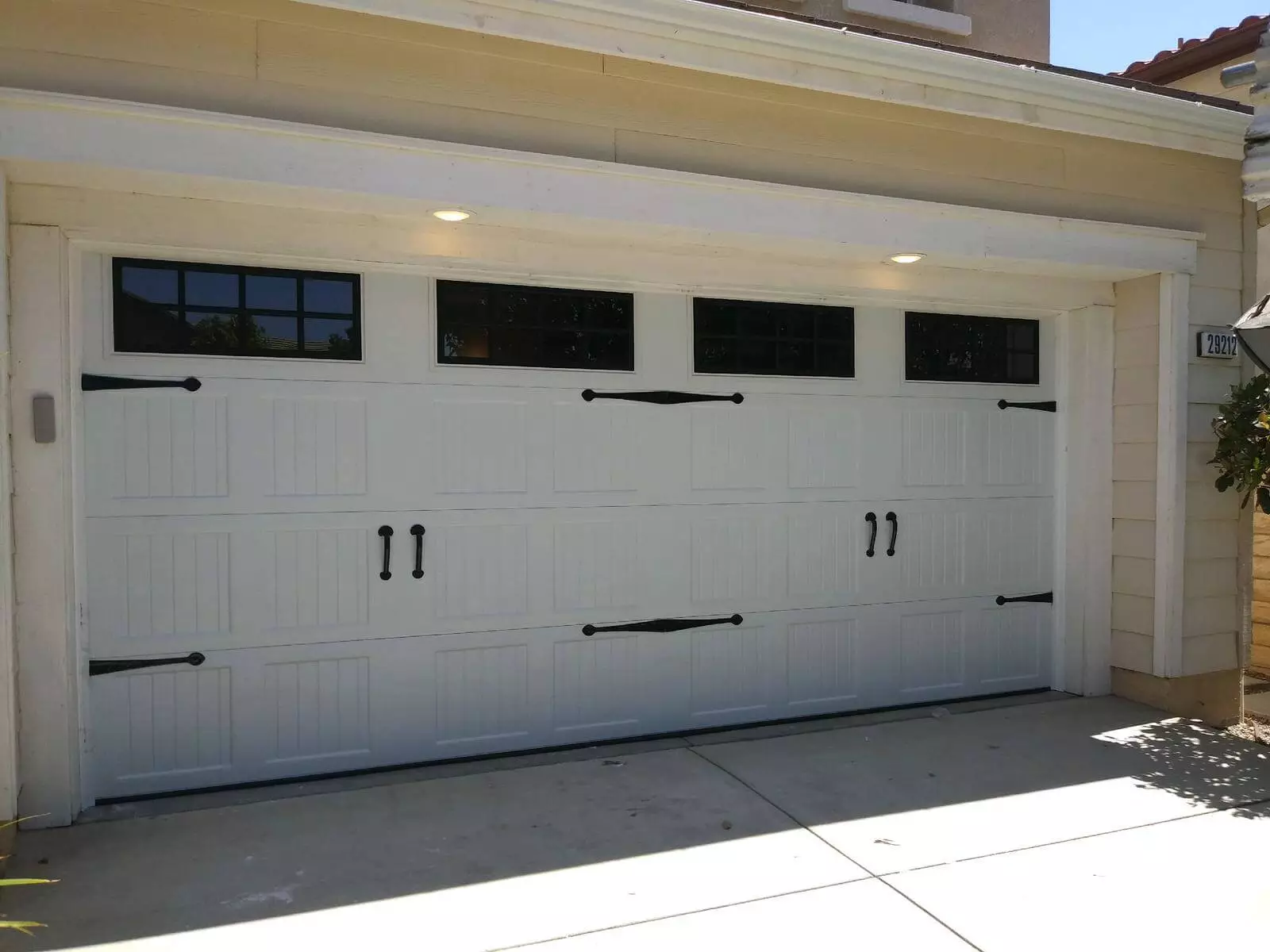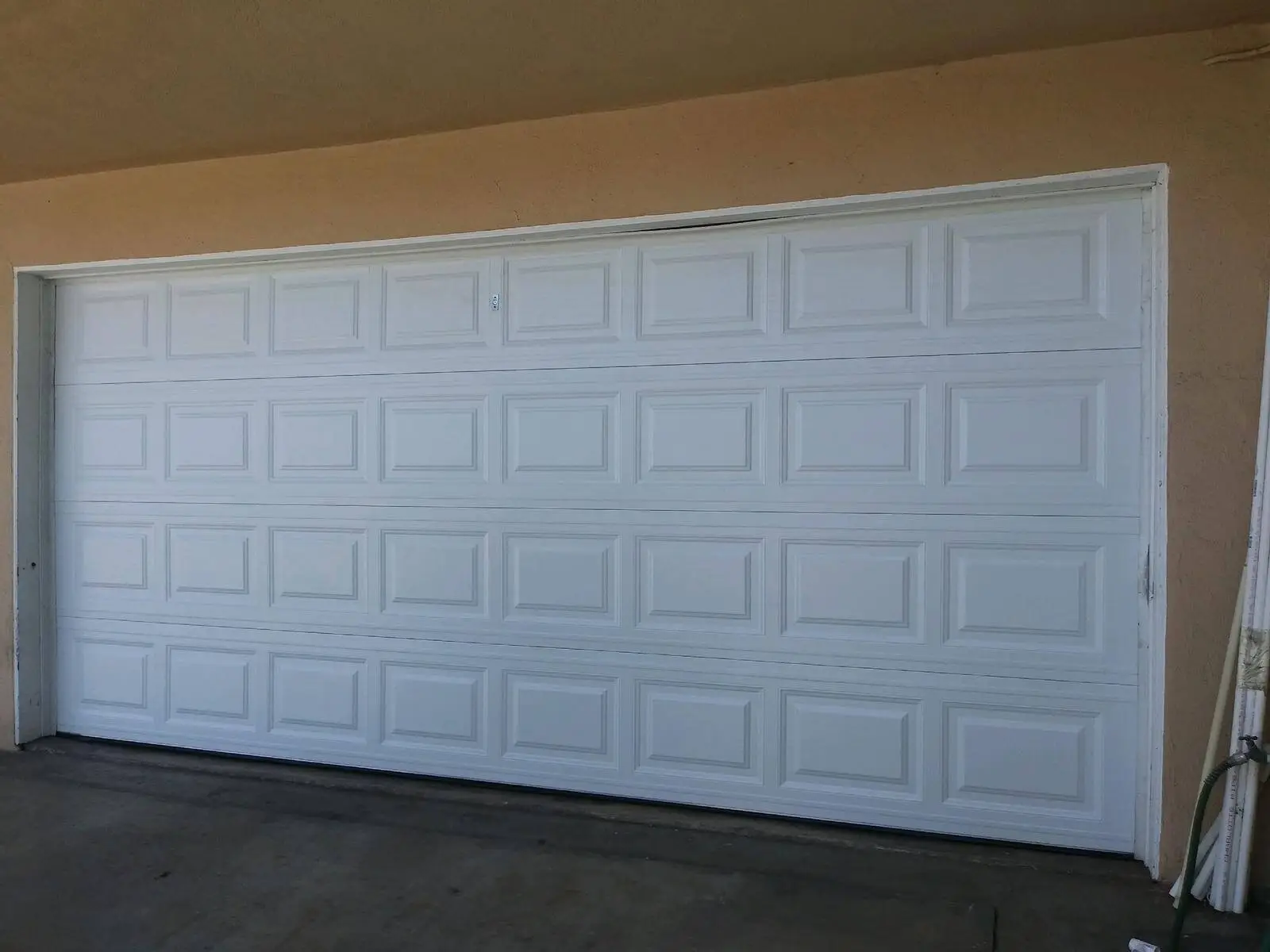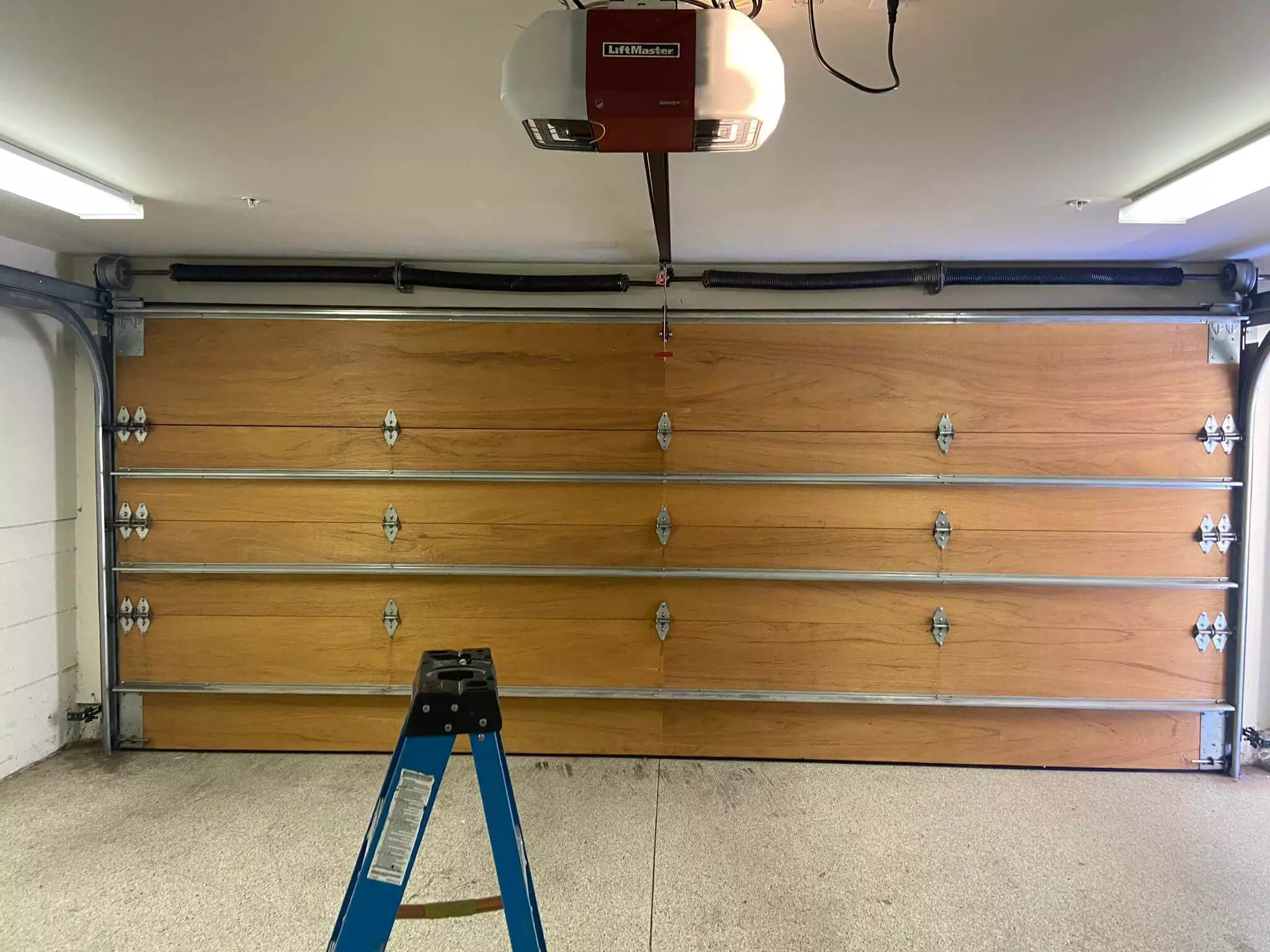How to Troubleshoot and Repair Your Garage Door Opener
Whether your garage door opener has suddenly stopped working or is making strange noises, dealing with a malfunctioning unit can put a wrench in your plans. However, many common issues are actually quite simple to troubleshoot and repair yourself. In this post, I’ll walk through steps to diagnose potential problems and perform basic maintenance and repairs.

Content
Understanding the Key Components
To start, it’s helpful to understand the basic parts that make up your garage door opener. Most consist of a motor unit, rail system, door arm attachment, and control panel. The motor opens and closes the door via a chain, belt or screw drive connected to the door arm. Safety sensors and pressure points help prevent accidents.
“Familiarizing yourself with how all the pieces interact can aid troubleshooting,” says John Smith, a certified garage door technician. “Take some time to identify the motor, rail, sensors and other components.”
Checking the Power Source
One of the most common reasons an opener won’t work is loss of power. First, ensure the power cord is securely plugged into a live wall outlet. You can test the outlet is supplying power by plugging in another appliance.
If the power looks fine, check the manual emergency release. Located on the opener or near the door, this disengages the motor so you can lift the door manually if it’s stuck down. Once disengaged, press the reset button to see if that remedies the issue.
Testing the Safety Sensors
If the opener runs but won’t close fully or gets stuck, the infrared safety sensors may need attention. These reverse or stop the door if anything passes through their detection field.
To test them, place an object in the path of both the floor and wall sensors before pressing close. If the door doesn’t reverse, one or both sensors likely need cleaning, adjustment or replacement.
Tuning the Force and Limits
Issues like jerky movement or failing to close fully could mean the force and limits need tuning. These settings control how powerfully and how far the door travels.
Refer to your owner’s manual for instructions on accessing these settings. Make small adjustments and test until smooth operation resumes. “Proper tuning often fixes glitches like not closing fully,” notes Smith.
Lubricating Worn Components
Over time, rollers, hinges and other moving parts can become gritty without lubrication. Apply a dry silicone lubricant to all sliding and rolling surfaces, including the rail the door arm travels on. This can remedy squeaks and sluggishness.
Replacing Damaged Components

If problems persist after troubleshooting, individual parts inside like gears, chain or belt may be worn out. Door panels or cables can also wear down over the years.
A technician from A Plus Garage Door Repair can assess which specific components need renewal. For replacements, repairs to torsion springs or other major work, consult the pros.
With some basic know-how, you can troubleshoot many garage door opener issues right in your own garage. I hope this guide helps you confidently diagnose problems and perform repairs when needed. Let me know if you have any other questions!

I am Scott Miller and my love is writing about home improvement. I write mostly about home ideas, but also share some tips and tricks that can make your life easier when it comes to getting things done in the house.

